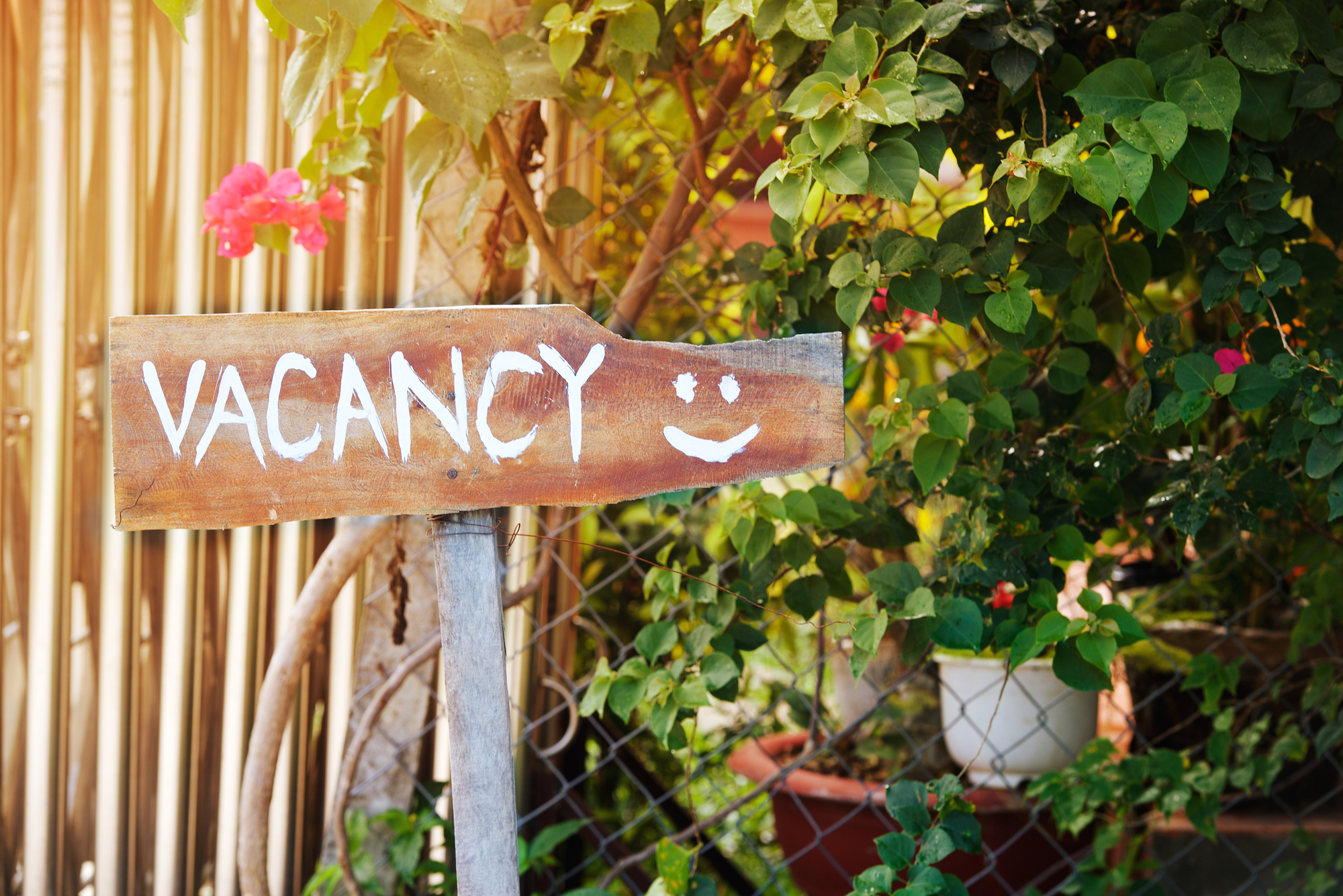In a high-cost city like Seattle, even a short vacancy can have a serious impact on your bottom line. When your unit sits empty, you’re not just missing out on rent, you’re also covering fixed costs like mortgage payments, property taxes, and insurance without any income to offset them.
In such a competitive rental landscape, being reactive isn’t enough. To maintain healthy cash flow and long-term stability, multifamily owners need to plan and lease proactively.
This guide offers proven leasing strategies to help you reduce rental vacancy in Seattle, attract high-quality tenants faster, and protect your returns.
Understand Seattle’s Rental Market Trends
Before you implement a lease-up strategy, you need a clear view of the local market.
Seattle's rental market is influenced by many factors: tech job growth, neighborhood development, and seasonal demand swings. Here's what we’re seeing for 2024–2025.
Current Vacancy Rates and Demand Patterns
According to the HUD, Seattle’s average vacancy rate as of the fourth quarter of 2024 was approximately 5.0%, and the apartment vacancy rate was 7.4%. While still tighter than many national averages, this reflects growing competition among landlords, particularly in submarkets with new supply or aging assets.
Neighborhood Spotlight
Here are a few neighborhoods to watch:
- Ballard: High demand from young professionals, but increasing supply from new builds.
- Capitol Hill: Competitive pricing needed due to oversaturation.
- South Lake Union: It still draws tech workers, and walkability and transit access are must-haves.
Understanding these micro-markets can help you position your property effectively and adjust your strategy based on neighborhood-specific trends.
Seasonality Matters
Seattle’s leasing season typically peaks between April and August, when most renters are making moves around job changes, school schedules, or better weather. Properties listed during this time tend to lease faster and at stronger rents. If you're listing in the winter or late fall, expect a slower lease-up period.
Tip #1: Market Early and Strategically
A common mistake is waiting too long to start marketing. Ideally, you should begin listing your property 60–75 days before the current lease ends.
This gives you time to:
- Build interest
- Collect applications
- Pre-screen tenants
- Avoid days or weeks of vacancy between leases
Get Listings on the Right Platforms
Seattle renters are active on:
- Zillow
- Apartments.com
- Craigslist
- Zumper
- Facebook Marketplace
Don’t rely on just one! Cast a wide net, and refresh listings frequently so they don’t fall to the bottom of search results.
 Tip #2: Optimize Your Listings for Speed and Appeal
Tip #2: Optimize Your Listings for Speed and Appeal
A great listing describes the unit and helps renters picture themselves living there. Think of your property through the eyes of your ideal renter.
What Today’s Renters Want
Seattle renters prioritize:
- Walkability and transit access
- Pet-friendly units
- In-unit laundry
- Smart home features
- Flexible lease options
Make sure your listings highlight these features if they apply. Be specific about proximity to local landmarks (“10 minutes from Amazon HQ” or “Steps from the Ballard Locks”).
Use High-Quality Visuals and Clear Language
Strong visuals and clear descriptions help your listing stand out and make a good first impression. Renters often scroll through dozens of options, so quality matters.
- Invest in professional photography
- Use natural light and clean spaces
- Write descriptions that are detailed but easy to read
- Highlight key amenities and upgrades
These small improvements can increase interest and lead to faster, more qualified inquiries.
Tip #3: Streamline the Application and Touring Process
Once a renter is interested, they expect a smooth process. If they hit friction (slow response times, unclear application steps, or complicated scheduling), they’ll move on.
Offer Easy Scheduling and Tours
Modern renters want convenience:
- Enable online scheduling for showings
- Offer self-guided tours or virtual walkthroughs
- Be available for quick follow-up questions
Use Mobile-Friendly Tools
Ensure your application process is easy to complete on a phone or tablet. Many Seattle renters browse listings and apply while commuting, on lunch breaks, or between errands. If your leasing portal is slow to load, hard to navigate, or not optimized for mobile devices, they may give up and move on to another property.
A mobile-friendly experience shows you’re professional, responsive, and respectful of renters’ time.
Pre-Qualify Renters
Use pre-screening forms or set clear criteria in your listings. This will help avoid wasted showings and streamline your workflow.
Aim to move from showing to a signed lease in 48 to 72 hours if the applicant is qualified. Speed matters.
Tip #4: Retain Tenants to Reduce Lease-Up Pressure
One of the best ways to avoid frequent lease-ups is to keep your current tenants happy. When you provide a positive rental experience, residents are more likely to renew their leases and stay long term.
Renewing a good tenant saves you money on:
- Turnover cleaning and repairs
- Listing and marketing fees
- Leasing commissions
- Vacancy loss between tenants
Some ways to encourage renewals include offering early renewal incentives, providing flexible lease terms (6-18 months, depending on their plans), and communicating with tenants early. Start the conversations at least 90 days before the lease ends.
 Tip #5: Partner with a Property Manager for Faster Lease-Ups
Tip #5: Partner with a Property Manager for Faster Lease-Ups
If leasing takes more than 30 days or if you're not attracting qualified leads, it may be time to seek professional help.
At Real Property Associates, we have leasing experts who can help. Our leasing services include:
- Use proven multifamily lease-up strategies
- Syndicate listings across dozens of rental platforms
- Handle all showings, tours, and communication
- Perform thorough tenant screening
- Finalize lease paperwork quickly and accurately
We also track market data in real-time and adjust pricing or listings accordingly, keeping your units competitive.
Owners who work with RPA lease their units faster, fill them with better-qualified tenants, and reduce long-term vacancy risk. Whether you're managing one building or several, our team provides dependable leasing support that protects your income.
Partner with Real Property Associates: Don’t Let Vacancy Drain Your ROI
A vacant unit might not seem urgent if it’s only empty for a few weeks, but over time, those gaps can erode your rental income and reduce your long-term returns.
Real Property Associates has helped Seattle investors and landlords stay ahead in a competitive market for over 30 years. Our team knows what renters want, when to list, and how to close leases fast, without cutting corners.
Whether you own a single building or a growing portfolio, we can help you improve leasing outcomes and stabilize your cash flow. Download the 2025 Seattle Multifamily Investment Guide to learn more about reducing vacancy, increasing ROI, and making smarter investment decisions.










